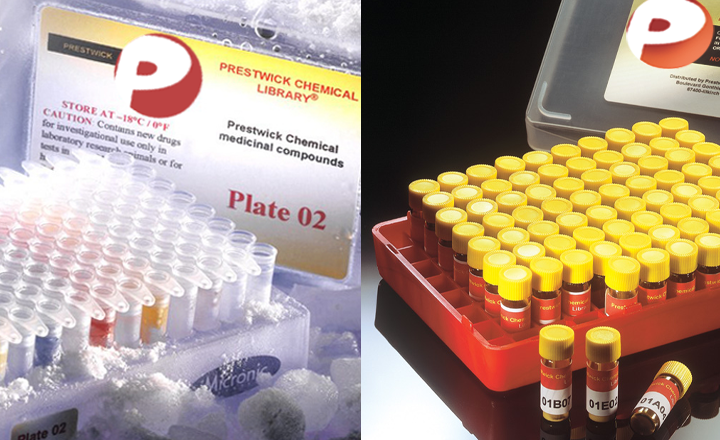Novel Non-Stimulants Rescue Hyperactive Phenotype in an Adgrl3.1 Mutant Zebrafish Model of ADHD
Sveinsdóttir, H. S.; Christensen, C.; Þorsteinsson, H.; Lavalou, P.; Parker, M. O.; Shkumatava, A.; Norton, W. H. J.; Andriambeloson, E.; Wagner, S.; Karlsson, K. Æ
Neuropsychopharmacology (2022)
ADHD is a highly prevalent neurodevelopmental disorder. The first-line therapeutic for ADHD, methylphenidate, can cause serious side effects including weight loss, insomnia, and hypertension. Therefore, the development of non-stimulant-based therapeutics has been prioritized. However, many of these also cause other effects, most notably somnolence. Here, we have used a uniquely powerful genetic model and unbiased drug screen to identify novel ADHD non-stimulant therapeutics. We first found that adgrl3.1 null (adgrl3.1−/−) zebrafish larvae showed a robust hyperactive phenotype. Although the hyperactivity was rescued by three ADHD non-stimulant therapeutics, all interfered significantly with sleep. Second, we used wild-type zebrafish larvae to characterize a simple behavioral phenotype generated by atomoxetine and screened the 1200 compound Prestwick Chemical Library® for a matching behavioral profile resulting in 67 hits. These hits were re-assayed in the adgrl3.1−/−. Using the previously identified non-stimulants as a positive control, we identified four compounds that matched the effect of atomoxetine: aceclofenac, amlodipine, doxazosin, and moxonidine. We additionally demonstrated cognitive effects of moxonidine in mice using a T-maze spontaneous alternation task. Moxonidine, has high affinity for imidazoline 1 receptors. We, therefore, assayed a pure imidazoline 1 agonist, LNP599, which generated an effect closely matching other non-stimulant ADHD therapeutics suggesting a role for this receptor system in ADHD. In summary, we introduce a genetic model of ADHD in zebrafish and identify five putative therapeutics. The findings offer a novel tool for understanding the neural circuits of ADHD, suggest a novel mechanism for its etiology, and identify novel therapeutics.


